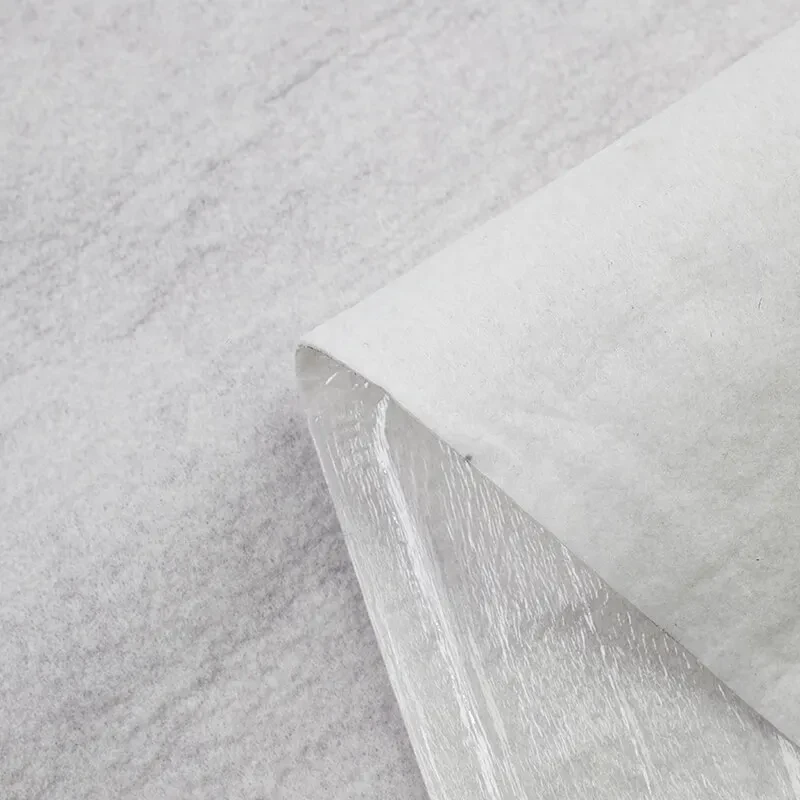Email format error
Email cannot be empty
Email already exists
6-20 characters(letters plus numbers only)
The password is inconsistent
Email format error
Email cannot be empty
Email does not exist
6-20 characters(letters plus numbers only)
The password is inconsistent


When it comes to protecting your floors during construction or renovation projects, temporary floor covering is a must-have. Whether you’re working on a residential or commercial project, temporary floor covering can help you avoid costly damage to your floors and keep them looking their best.

Temporary floor covering comes in a variety of materials, including paper, plastic, and fabric. Each material has its own unique benefits and is suited for different types of projects. Here are some of the benefits of using temporary floor covering:
Protection from spills and stains: Temporary floor covering can protect your floors from spills and stains that can be difficult to remove. Whether you’re painting, staining, or working with other materials that can damage your floors, temporary floor covering can help you avoid costly repairs.
Easy to install and remove: Temporary floor covering is easy to install and remove, making it a convenient solution for protecting your floors. Most types of temporary floor covering can be installed with adhesive tape or other fasteners, and can be removed without leaving any residue.
Cost-effective: Temporary floor covering is a cost-effective solution for protecting your floors. It is much less expensive than replacing or repairing damaged floors, and can help you avoid costly downtime during construction or renovation projects.
Versatile: Temporary floor covering is versatile and can be used on a variety of surfaces, including hardwood, tile, and carpet. It can also be used in a variety of settings, including homes, offices, and commercial buildings.
Environmentally friendly: Many types of temporary floor covering are made from recycled materials, making them an environmentally friendly choice for your construction or renovation project.
When choosing temporary floor covering, it’s important to consider the type of project you’re working on and the type of flooring you’re protecting. For example, if you’re working on a project that involves heavy foot traffic, you may want to choose a more durable material like fabric or plastic. If you’re working on a project that involves painting or staining, you may want to choose a material that is resistant to spills and stains.
In conclusion, temporary floor covering is a cost-effective and convenient solution for protecting your floors during construction or renovation projects. With a variety of materials to choose from, you can find the perfect temporary floor covering for your project and keep your floors looking their best.